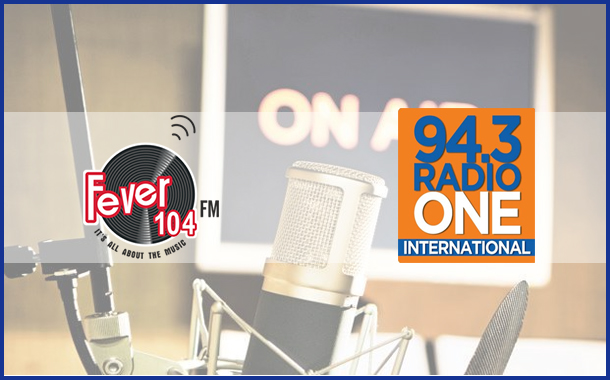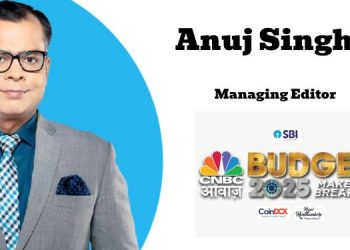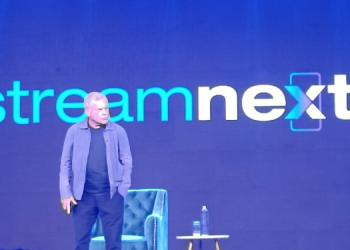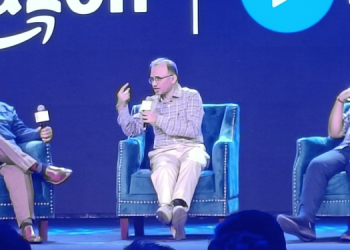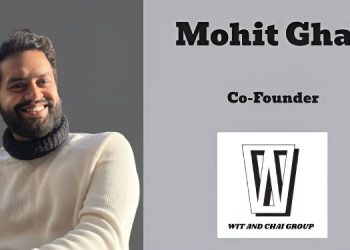A tvnews4u Analysis
HT Media Ltd and Next Mediaworks Ltd proposing to merge their radio businesses – subject, of course, to shareholder, MIB and legal bodies’ approval – is indicative of how FM Radio, always the most difficult broadcast medium, is today holding out enough promise for growth – or fencing off competition, however you take it – through consolidation. The proposed merger tells one that young Radio has matured, and can hold its own. But it still remains the most difficult of mediums to grow, which can be done provided it is managed smartly and, alas, per force, frugally.
What this proposed merger promises to Next Mediaworks Ltd is access to the might of HT’s multiple-media promotional platforms, and what Next Mediaworks brings to Fever and Radio Nasha’s strong Hindi-music-driven personality is the appeal and promise of world class international music mixed with some delightfully engaging conversations from Radio One presenters like the brilliant Hrishikesh Kannan and also Erica. Kannan, for instance, has had the Whos Who of Indian industry, enterprise and ’most every other sector in his studio and on air.
Fever 104, of course, has been a bustling and memorable mainstream Hindi music and even Radio drama entertainment network, but its precociously talented and successful much younger sibling, Radio Nasha, has just gone ahead, grabbed and completely owned the Retro space; period. And both stations have been the complete brainchildren and handiworks of Gaurav Sharma, one of the best creative heads in Indian FM radio.
Obviously, till the merger proposal gets approved and delivered, both entities will continue to be led by their current management teams — Harshad Jain, CEO Fever FM, and Vineet Singh Hukmani, MD & CEO Radio One — and also sold separately, without any ‘combined’ media sales on offer.
However, the benefits of both quality networks combined will together better combat the onslaught of the Saavns and Gaanas of the world by offering both, Hindi and International FM Radio music and enter/info-tainment across five major metros Mumbai, Delhi, Kolkata, Bangalore and Chennai, and Pune, the leading metro in Maharashtra after Mumbai.
How the merged entity will go about positioning and selling its offerings will remain to be seen, but having a top quality English network too will help the new entity offer marketers a broader spectrum of audiences, with the specific English FM listeners as a largely unique chunk, because dedicated listeners and followers of English music on Indian FM, however small their numbers might be, are just that – dedicated to the language and genres of music they like.
Why HT Media gets to keep 74% is obviously because of the bigger reach and listener ship of both its stations because they are in Hindi, and also because of the massive marketing might it brings to the table.
Remember, even though there is audience measurement of sorts in the four major metros, Radio is still aggressively sold on perception, and what better way to be seen as the network for the young and digital listeners than all the various HT Media platforms across digital, social, and even print, which is getting ever younger, contemporary and international. To say nothing of the awareness-support from that highly respected and exquisitely produced business mainline, Mint. Together, there is a great and much larger gateway into the consumer and advertiser mindset for RadioOne, and together, both networks will profit from the synergy opportunities they bring to advertisers and brand custodians.

HT Media group editorial director and Chairperson Shobhana Bhartia is happy with the proposed merger because, as she put it, “Radio One’s merger with our metro operations gives us both a complete bouquet across English and Hindi in all of the country’s biggest radio markets and will help us serve listeners and advertisers better.”
For Next Mediaworks Ltd chairman Tariq Ansari, the ‘strong operating logic’ for the Fever-Nasha and RadioOne combination lies in “multiple formats in the most lucrative urban markets in the country with all the cost synergies and complementary skills to better service listeners and advertisers”.
In the final analysis, one is inclined to sign off with what Bhartiya said: Such consolidation is another sign of the growing maturity of the radio market.
Authored by: Yohan PC

